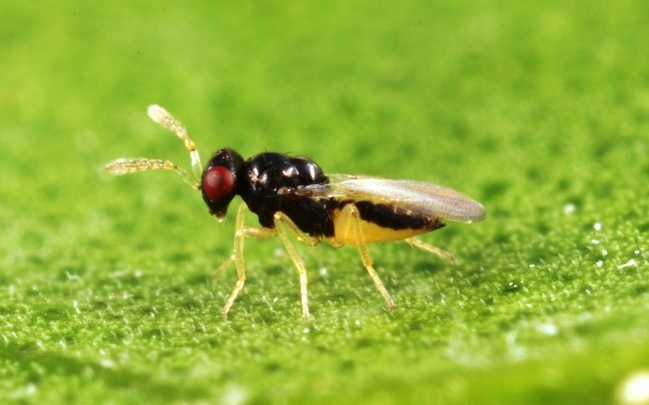
by Xavier Martini | Jul 14, 2017
The Asian citrus psyllid (Fig 1), the carrier of the causative agent of citrus greening or Huanglongbing (HLB), is certainly the most devastating pest in citrus worldwide. Since it was first spotted in Florida in 1998, the Asian citrus psyllid has spread across the...
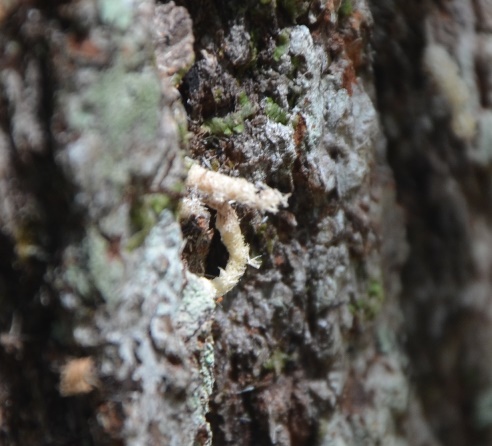
by Les Harrison | Jul 14, 2017
Ambrosia beetles are known for attacking various woody plants, causing some limb and stem dieback and sometimes plant death. There are at least 30 species of ambrosia beetles in Florida, several of which are non-native. Typically ambrosia beetles have a symbiotic...
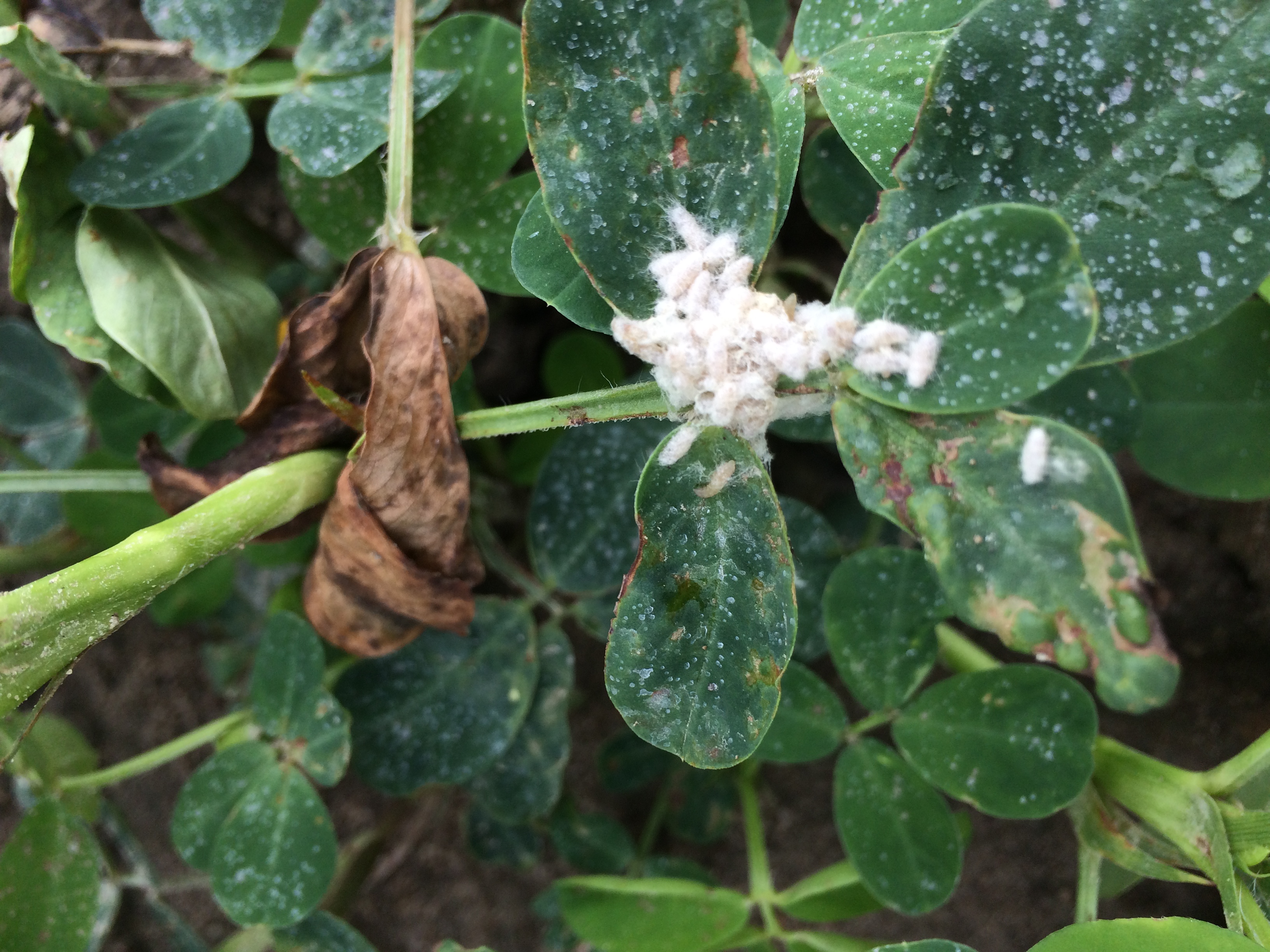
by Kalyn Waters | Jul 7, 2017
Insect management tends to focus on pests that cause damage and reduce yields, but one aspect of integrated pest management (IPM) includes the knowledge of beneficial insects that naturally control those pests. In peanuts, there are several different beneficial...
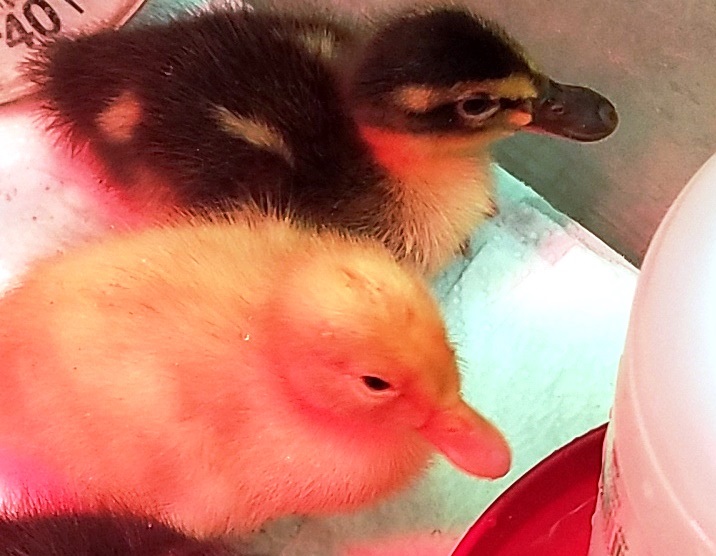
by Mark Mauldin | Jul 7, 2017
Last summer the Centers for Disease Control (CDC) reported 611 people from 45 states got Salmonella infections from contact with their poultry. This year, through the end of May 2017, 372 people from 47 states have gotten sick from Salmonella infections related to...
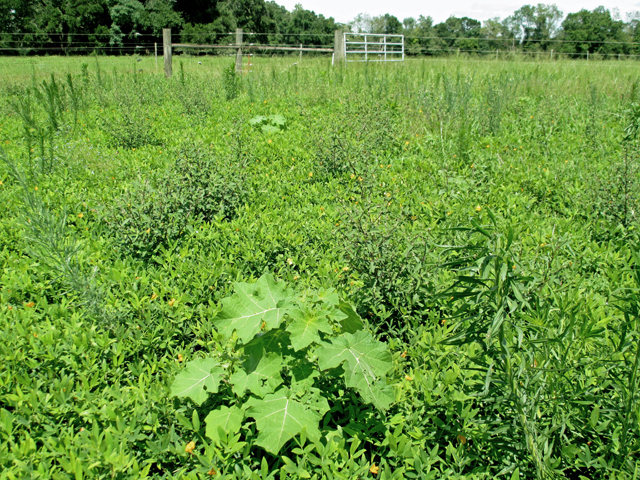
by Brent Sellers | Jun 30, 2017
Brent Sellers, UF/IFAS Extension Weed Specialist Over the past several years, perennial peanut producers have encountered weeds that are much more difficult to control with the standard broadleaf and grass herbicides such as 2,4-D amine and Impose (imazapic). We had...
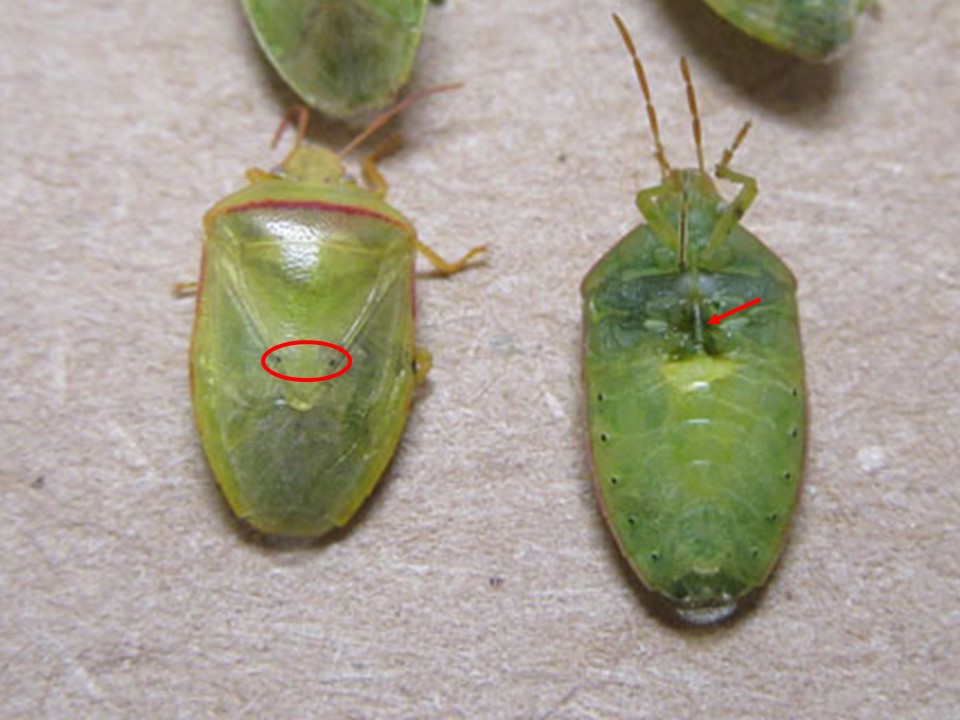
by Ethan Carter | Jun 30, 2017
After a mild winter, with relatively few nights below freezing, it should be no surprise that insect populations are spiking early. One example of this is armyworms, which began showing up in early-mid June across areas of Jackson County, a pest typically found later...







